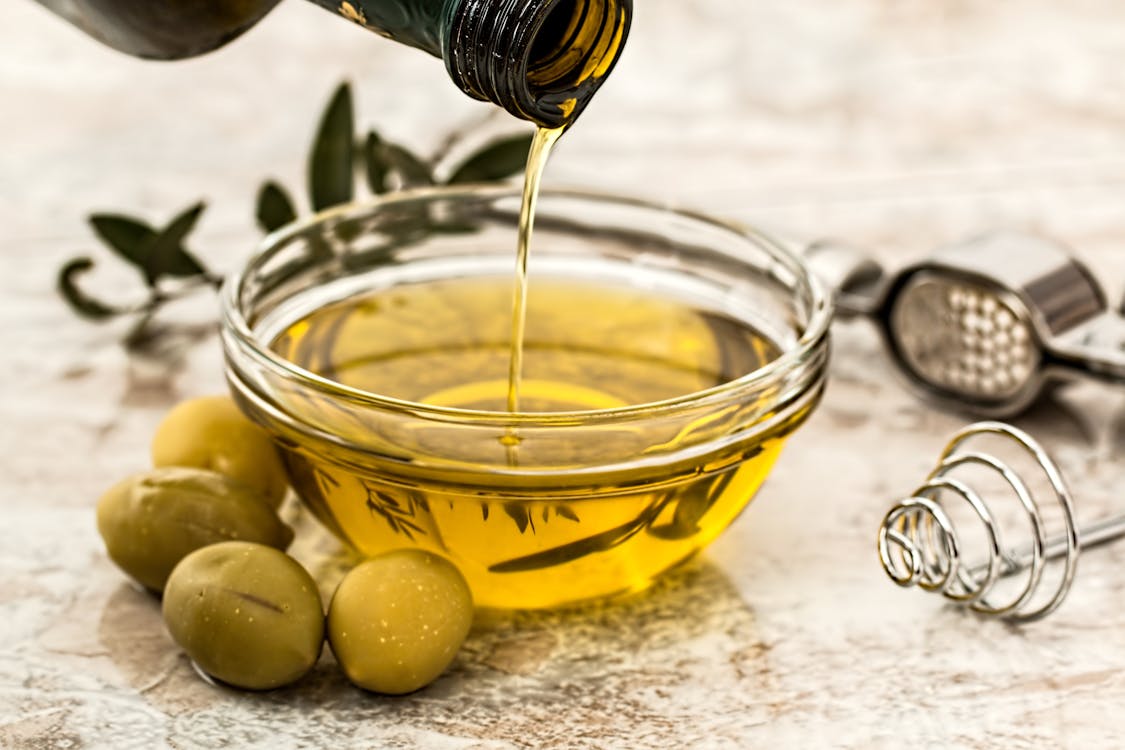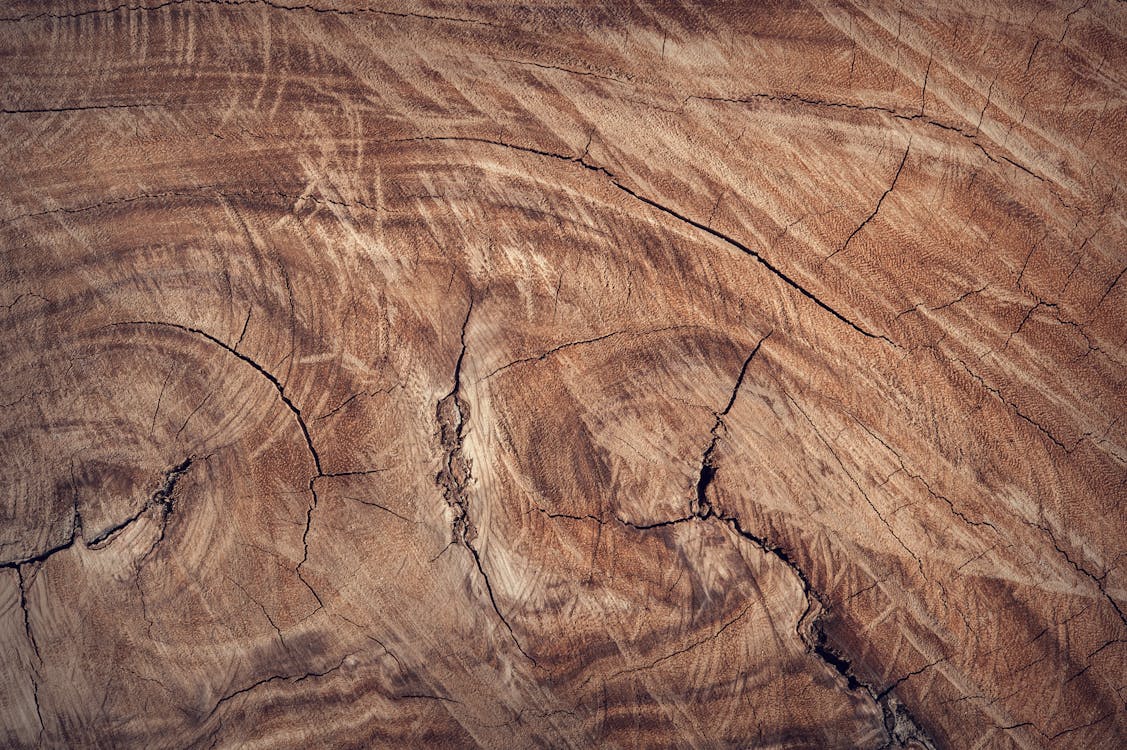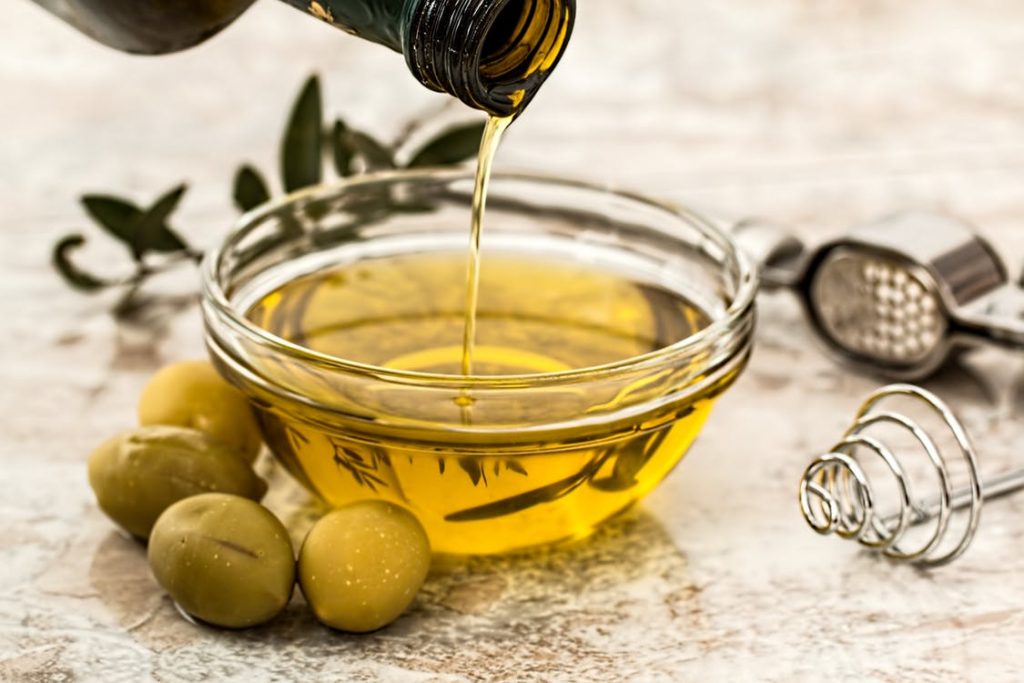Basics of Wood Finishing: Natural Oils

Wood finishing solutions range greatly from natural oils and pastes to “flakes” and liquid waxes as well as a few other options which we may have failed to mention. In this first segment of our Basics of Wood Finishing, we explore the plethora of natural oils that one can apply to their finished pieces to bring out the luster and desired tones of the wood as well as protect the wood against drying and cracking.

Olive oil
Used mostly as a way of refinishing wood furniture, this is the most accessible kind of finishing oil available to the everyday woodworker and DIYer. Traditionally, mixed with some lemon juice, this finishing oil has been used for centuries by anyone wishing to bring back the luster and natural color of the wood. This solution works best on finished wood pieces.
Varnish
This is a colorless finishing agent which is usually oil-based. The varnish is used to bring out the natural grain and color tones of the wood. This finish usually provides a glossy look and can be made to be more satin/matte by combining a flatting agent with the solution. This finish is usually applied as the final step in the finishing process. The drying of various varnishes differ from manufacturer to manufacturer, however typically speaking, the time take for the applied varnish to dry is dependant on the amount of liquid applied as well at the availability of an energy source (heat, sunlight, ultraviolet light, etc.). The more the wood is exposed to the energy source the shorter the drying period.

Linseed oil
Made by simply squeezing the dried and ripened flax seeds, a colorless to yellow-like oil is extracted. This oil is used on wood finishing and loved mostly by woodworkers who appreciate the drying properties of this oil. Unlike varnish, linseed oil does not cover the wood surface. Linseed oil soaks into the surface and is absorbed through the pores of the wood. This leaves a less glossy surface compared to varnish whilst still exposing the grain of the wood. A linseed finished surface is easy to scratch and easy to repair.
Tung oil
Considered to be one of the finest natural finishes for woodwork, this oil is derived from the pressing of the seed from the nut of the tung tree. This natural and non-toxic oil has been a favorite for toymakers and kitchen utensil manufacturers. Needing only to be exposed to the air to dry, this finishing oil is known to outperform even some of the most sophisticated synthetic resins and varnishes.

Teak oil
Derived from a combination of linseed oil, mineral oil, and Tung oil or varnish, these finishes have been used for many years as not only a finish but a repair agent applied to furniture which is prone to drying and cracking. For centuries, woodworkers have considered this to be the ideal finish for teak furniture (not that the oil is derived from the Teak tree)
Danish Oil
A lot like Teak, Danish oil is also fast-drying and is a hard drying oil. This means that, unlike linseed oil, danish oil has the potential of turning into a solid form when reacting to oxygen in the atmosphere. Due to its hardening qualities and lack of gloss (and slipperiness thereof) Danish oil has traditionally been used as the perfect finish for wooden floors

These Natural Oils are available at Tools4Wood, buy yours today.

Comments
Add comment